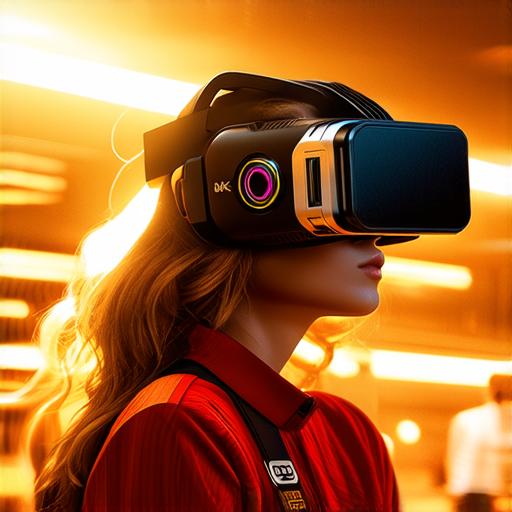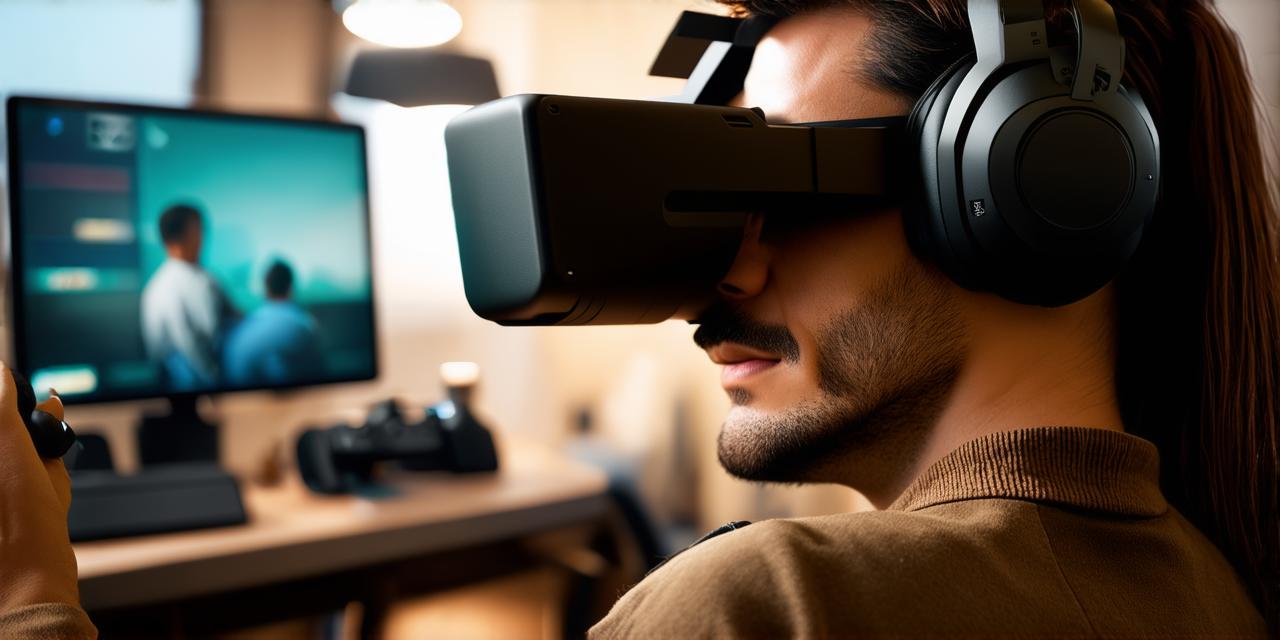Virtual reality (VR) technology has advanced significantly over the past few years, with applications ranging from gaming and entertainment to healthcare and education. However, there are several issues that must be addressed before VR can reach its full potential.
1. Motion sickness
Motion sickness is a common problem for people who use virtual reality. It occurs when the brain receives conflicting signals from the eyes and inner ear, resulting in symptoms such as dizziness, nausea, and headaches. This can make it difficult to use VR for extended periods of time. Researchers are working on developing new technologies to reduce or eliminate motion sickness, but it remains a significant challenge.
2. Cost
Virtual reality technology is still relatively expensive, with high-end systems costing thousands of dollars. This can limit the adoption of VR in certain industries and make it less accessible to consumers. As the technology advances and production costs decrease, we may see more affordable options become available.
3. Lack of content
One of the biggest challenges facing virtual reality is a lack of high-quality content. While there are some great VR experiences available, there aren’t enough to justify the investment in VR hardware. Developers need to create more engaging and immersive experiences that take advantage of the unique capabilities of VR technology.

4. Privacy concerns
Virtual reality can be a powerful tool for collecting and analyzing data about users, raising privacy concerns. There is also a risk that VR experiences could be used to manipulate or control individuals in ways that are not ethical or legal. It is important for policymakers to address these issues and develop regulations that protect user privacy and prevent misuse of VR technology.
5. Safety risks
Virtual reality can simulate dangerous environments and situations, which could pose safety risks if not used properly. For example, a construction worker using VR to plan a project might accidentally trip on a virtual object, resulting in an injury. It is important to develop safety guidelines and protocols for using VR technology to minimize these risks.
In conclusion, virtual reality technology has many potential benefits, but there are several issues that must be addressed before it can reach its full potential. These include motion sickness, cost, lack of content, privacy concerns, and safety risks. By addressing these challenges, we can create a more effective and accessible VR ecosystem that unlocks the full potential of this exciting technology.



